Chem 106 (Chem106)
Hunter College - Cuny
Page 2 out of 22 results
Sort by
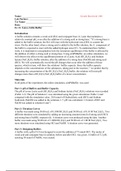
-
Lab Report 13. CHEM 106. I am a little buffer. Hunter College.
- Other • 9 pages • 2020
- Available in package deal
-
- $5.49
- 6x sold
- + learn more
Lab Report 13. CHEM 106. I am a little buffer: Drop some acid. Drop some base. CUNY - Hunter College. Detailed calculations and answers.
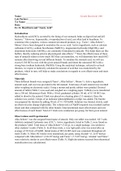
-
Lab Report 12. CHEM 106. Heartburn and Aunty Acid
- Other • 6 pages • 2020
- Available in package deal
-
- $5.49
- + learn more
Lab Report 12 -- Heartburn and Aunty Acid. CUNY- Hunter College. CHEM 106. Complete lab. All correct calculations included, in a step by step manner. Sample calculations are easy to follow to help you sub in your numbers and create your own table =)
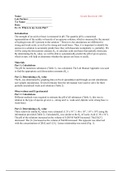
-
Lab Report 11. CHEM 106. Hunter College. Where is my lewis pair?
- Other • 7 pages • 2020
- Available in package deal
-
- $5.49
- 4x sold
- + learn more
Lab Report 11: Where is my lewis pair - Acids, Bases, and Ka. CUNY - Hunter College. All correct answers with detailed calculations. Done step by step.
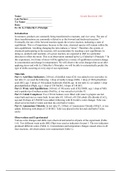
-
Lab Report 10. CHEM 106. Hunter College. CUNY. Le Châterlier’s Principle
- Other • 7 pages • 2020
- Available in package deal
-
- $5.49
- 1x sold
- + learn more
Completed Lab Report 10. Le Châterlier’s Principle, Where do I shift? CHEM 106. Hunter College. CUNY. Includes detailed table describing color changes after each experimental step and explanation to changes (shifts to the right or left). Detailed answers to post lab questions as well, with written equations.
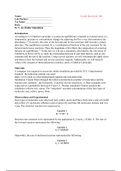
-
CHEM 106. Lab Report 9. Hunter College -- CUNY. An Online Simulation.
- Other • 9 pages • 2020
- Available in package deal
-
- $5.99
- 5x sold
- + learn more
Complete Lab with Answers/Calculations/ and Tables/Figures. Hunter College -- CUNY. Lab 9: An Online Simulation
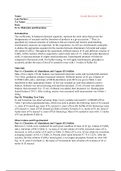
-
Lab Report 8. CHEM 106. Molecules and Reactions. Foiled Again. Hunter College
- Other • 9 pages • 2020
- Available in package deal
-
- $5.49
- 5x sold
- + learn more
Completed Lab 8 -- Hunter College -- CUNY. Chem 106. General Chemistry lab.
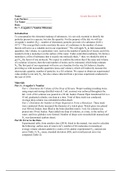
-
Lab Report 7. CHEM 106. Hunter College. Avogadro's Number Dilemma
- Other • 7 pages • 2020
- Available in package deal
-
- $5.49
- 1x sold
- + learn more
Correct answers provided and detailed calculations.
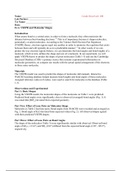
-
CHEM 106. Lab Report 6. VSEPR and Molecular Shapes
- Other • 6 pages • 2020
- Available in package deal
-
- $5.99
- + learn more
Entire lab report with correct answers and figures. Appendix includes table with all expected geometry, bond angles, observed geometry and observed bond angles (including simulation images).
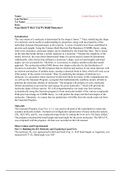
-
Lab Report 5. CHEM 106. How Can We Build Molecules?
- Other • 7 pages • 2020
- Available in package deal
-
- $5.49
- + learn more
How Can We Build Molecules? In experiment 5, using a Gaussian program, molecular models of the various compounds will be formed. With prior knowledge on VSEPR theory, the shape and the bond angles of the molecules will be predicted.
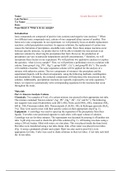
-
CHEM 106. Lab Report 4. What is in my sample?
- Other • 6 pages • 2020
- Available in package deal
-
- $5.99
- 2x sold
- + learn more
What is in my sample? Color reactions of known samples of cations (Ag , Pb2 , Hg2 2 , Bi3 , Cu2 , and Fe3 ) will be observed to determine the cations in an unknown sample. Reagents, such HCl, Nitric acid, Ammonia, Potassium iodide, thioacetamide, and hydrogen peroxide will be used.

$6.50 for your textbook summary multiplied by 100 fellow students... Do the math: that's a lot of money! Don't be a thief of your own wallet and start uploading yours now. Discover all about earning on Stuvia


